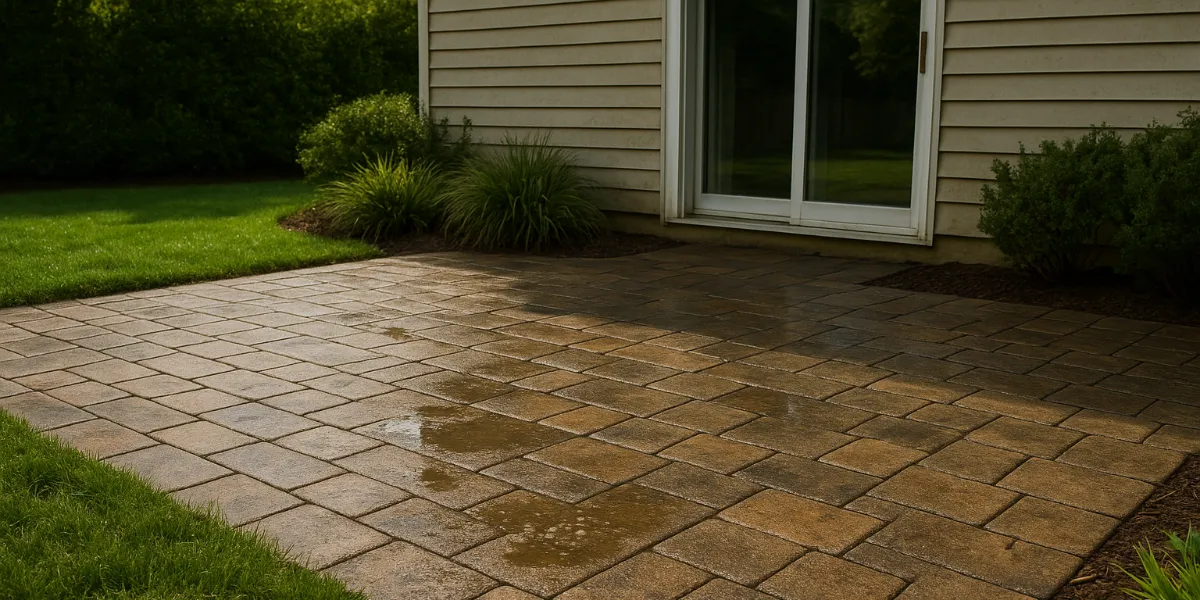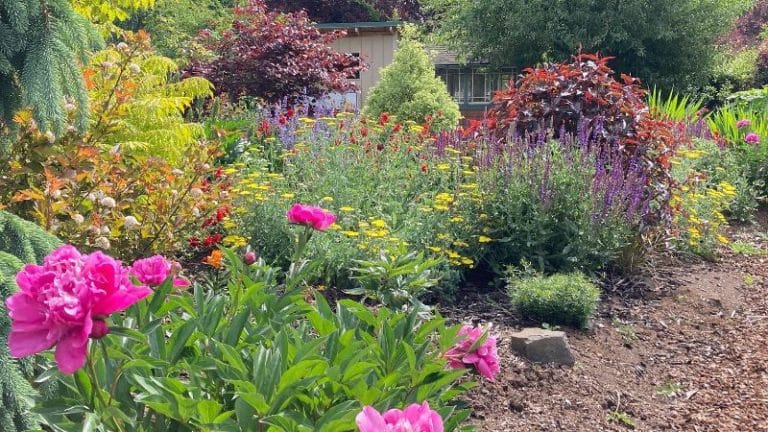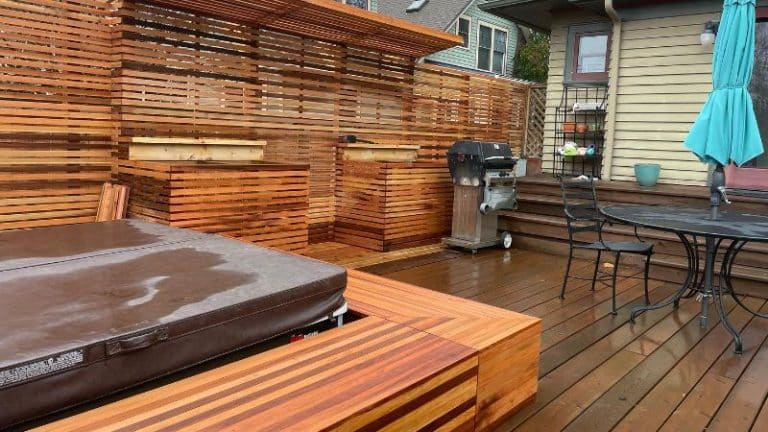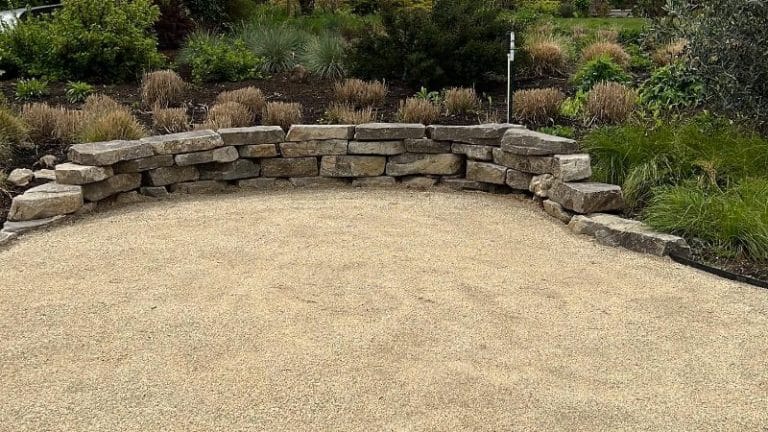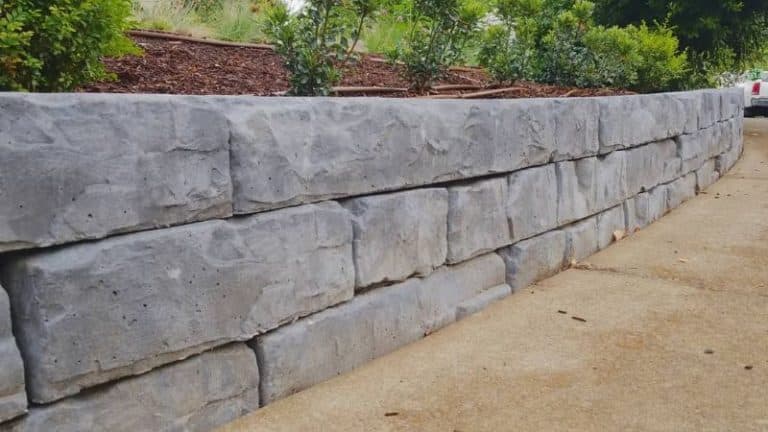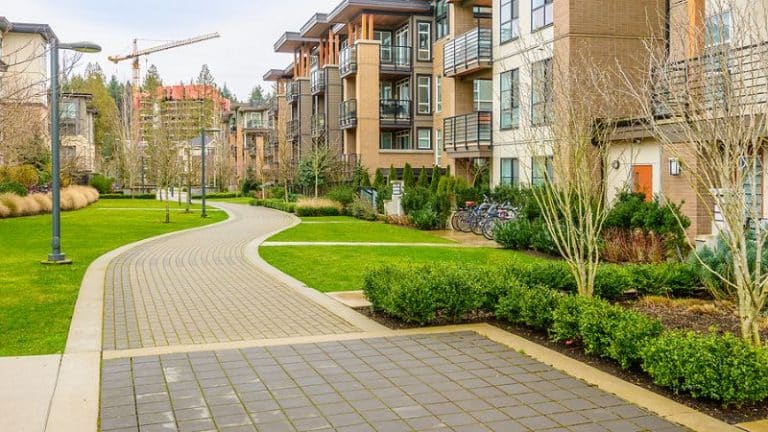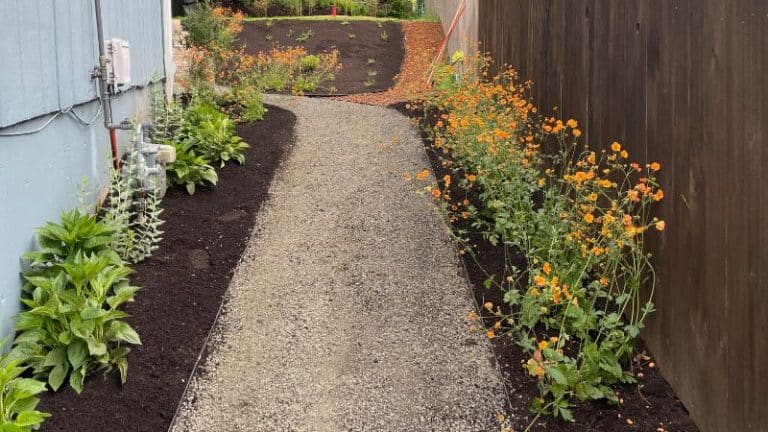How to Fix Standing Water in Your Backyard Lawn
If you’re dealing with puddles that linger in your lawn long after it rains, you’re not alone. Standing water in a backyard is one of the most common landscaping problems for homeowners in Oregon City, West Linn, and other nearby communities. It’s more than just an eyesore—poor drainage can kill your grass, attract pests, damage your soil, and even affect your home’s foundation if left unchecked.
At White Oak Landscapes, we help local homeowners solve these issues with expert drainage planning and thoughtful landscape solutions. Here’s what you need to know about fixing standing water in your yard.
What causes standing water in your lawn?
If your lawn turns into a swamp after every rainfall or irrigation cycle, it's a clear sign that your property isn’t draining properly. Standing water isn’t just inconvenient—it can suffocate your grass roots, create mosquito breeding grounds, and lead to soil and foundation issues over time.
To fix the problem effectively, it’s important to identify what’s causing it. At White Oak Landscapes, our first step is always a comprehensive site assessment to determine which of the following conditions may be contributing to the issue.
Compacted soil
Compacted soil prevents water from soaking into the ground. Instead, it forces water to collect on the surface.
Common signs and causes of compacted soil:
-
- Water puddles that form even after light rain
- Soil feels hard or dense underfoot
- Grass appears patchy or thin
- Heavy foot traffic or equipment use over time
Solutions may include:
-
- Core aeration to loosen the soil and promote absorption
- Soil conditioning with compost or sand
- New lawn installation with proper soil prep
Poor grading
Poor grading refers to the slope of your lawn not allowing water to flow away effectively.
Signs of grading problems:
-
- Low spots that collect water
- Water flowing toward your foundation or hardscape features
- Uneven settling or visible lawn depressions
Grading solutions include:
-
- Lawn regrading to reshape the slope of your yard
- Creating subtle drainage contours for natural runoff
- Pairing regrading with drainage system installation
Clay-heavy soil
Clay soil is common in Clackamas County and holds water much longer than other soil types.
Problems caused by clay soil:
-
- Water sits on the surface and drains very slowly
- Grass roots can rot due to oversaturation
- Soil compacts easily and worsens runoff
How we fix it:
-
- Blending in organic matter or sand to improve structure
- Installing French drains or dry creek beds
- Selecting native plants that tolerate wetter soil
Blocked or missing drainage paths
Drainage systems like swales and French drains are designed to move water efficiently. If they’re missing—or clogged—water backs up.
Warning signs:
-
- Pooling water near downspouts, fences, or property edges
- Visible debris or plant roots in drainage areas
- Standing water that doesn’t recede within 24 hours
Effective fixes include:
-
- Installing new drainage swales, catch basins, or perforated piping
- Clearing and restoring existing drainage routes
- Integrating drainage into a full landscape redesign
Excess runoff from hardscapes
Driveways, patios, and rooftops shed large amounts of water during storms. If this runoff drains into your yard, it can overwhelm even well-draining soil.
Common runoff issues:
-
- Water flows directly from your roof or driveway into the lawn
- Pooled water along patio edges or walkways
- Erosion around the edges of mulch beds or sod
Runoff management options:
-
- Downspout extensions to reroute water
- French drains, swales, or dry creek beds to slow and redirect flow
- Re-sloping hardscapes during landscape renovation projects
Each of these conditions may contribute to standing water, and often they occur in combination. That’s why White Oak Landscapes starts every project with a site-specific evaluation to develop the right solution—not a one-size-fits-all approach.
Effective solutions for standing water in your lawn
At White Oak Landscapes, we understand that every yard is unique. That’s why we don’t offer cookie-cutter fixes. We assess each property carefully and develop tailored solutions based on soil type, grading, drainage history, and existing landscaping. Below are the most effective ways we eliminate standing water from residential lawns throughout Oregon City and surrounding areas.
1. Regrading and lawn leveling
Uneven ground is one of the most common causes of pooling water. Depressions and low spots collect runoff, allowing water to linger and damage your lawn.
How regrading helps:
-
-
- Creates a smooth, consistent slope that channels water away from your home
- Eliminates puddle-prone areas where grass can’t grow
- Helps integrate other drainage features like swales or French drains
-
What we do:
-
-
- Use laser-guided equipment to precisely level your yard
- Remove excess soil from high areas and fill in low points
- Shape the land to drain naturally toward safe runoff zones
-
Regrading is often a great first step toward a healthier, more functional lawn and sets the foundation for long-term drainage success.
2. Soil aeration and conditioning
When soil is compacted, water has no place to go but across the surface—or worse, to sit and stagnate. Opening up the soil can improve both drainage and plant health.
Benefits of aeration and soil improvement:
-
-
- Allows water to soak into the ground instead of pooling
- Promotes deeper root growth for grass and plantings
- Increases oxygen and nutrient flow to soil microbes
-
What we offer:
-
-
- Core aeration to reduce compaction and improve infiltration
- Soil amendments like compost, sand, or gypsum to loosen clay-heavy soil
- New lawn installation if the existing turf is too damaged to recover
-
This service is especially useful after regrading or as part of a complete lawn makeover.
3. French drains and subsurface drainage
When water saturates the ground and has no way to escape, a French drain offers a discreet and reliable solution. These systems work underground to collect and redirect water before it reaches the surface.
Where French drains work best:
-
-
- Low spots that stay wet for days after rain
- Clay-heavy soils where surface runoff doesn’t absorb
- Areas near patios, foundations, or fence lines
-
System components include:
-
-
- A trench lined with filter fabric and filled with gravel
- A perforated pipe to collect water from the soil
- A discharge point away from the problem area
-
We design and install French drains that are long-lasting, low-maintenance, and completely hidden from view once finished.
4. Dry creek beds and drainage swales
If your backyard sees a high volume of surface water—especially from neighboring properties or sloped lots—a dry creek bed or swale can guide runoff without the need for underground piping.
Advantages of dry creek beds and swales:
-
-
- Naturally redirect water while blending into the landscape
- Prevent soil erosion by slowing down fast-moving runoff
- Add aesthetic value with decorative stone and planting
-
What we design:
-
-
- Shallow, gently sloped channels lined with river rock or gravel
- Integrated plantings to absorb moisture and stabilize the soil
- Custom designs that complement your existing landscape features
-
These solutions are ideal for homeowners looking to solve drainage issues without sacrificing curb appeal.
5. Downspout redirection
Many drainage problems start at the roof. Downspouts that empty directly into lawn areas can create trenches, puddles, or swampy zones—especially during heavy rains.
Signs of poor downspout placement:
-
-
- Erosion at the base of your gutters
- Excess moisture near your foundation or basement
- Soggy soil near walkways, driveways, or garden beds
-
How we fix it:
-
-
- Extend downspouts away from high-impact areas
- Route water into catch basins, drainage swales, or French drain systems
- Integrate water management into broader landscape design
-
This simple upgrade can make a big difference in your lawn’s ability to stay dry and healthy.
Real example: Drainage fix in Happy Valley
A client in Happy Valley had a backyard lawn that turned into a swamp every winter. Water pooled along the back fence and killed large patches of grass. After a site evaluation, we installed a French drain system combined with subtle regrading and downspout extensions. We also replaced their compacted lawn with a fresh sod installation. Within weeks, their lawn stayed dry—even during heavy rain—and their kids could finally play outside again.
Proudly serving Oregon City and surrounding areas
White Oak Landscapes provides drainage and landscape solutions for homes in:
-
- Oregon City
- West Linn
- Lake Oswego
- Happy Valley
- Clackamas
- Milwaukie
- Tualatin
- Wilsonville
- Canby
- Gladstone
- Beavercreek
- Estacada
- Damascus
Let’s fix your soggy backyard—for good
Don’t let standing water ruin your lawn or your weekends.
Contact White Oak Landscapes today to schedule a consultation. We’ll evaluate your drainage issues and design a custom solution to restore your lawn’s health, function, and appearance. From regrading to French drains to new lawn installation, we’ve got you covered.
We proudly serve Oregon City and nearby communities with expert landscape and drainage services.

